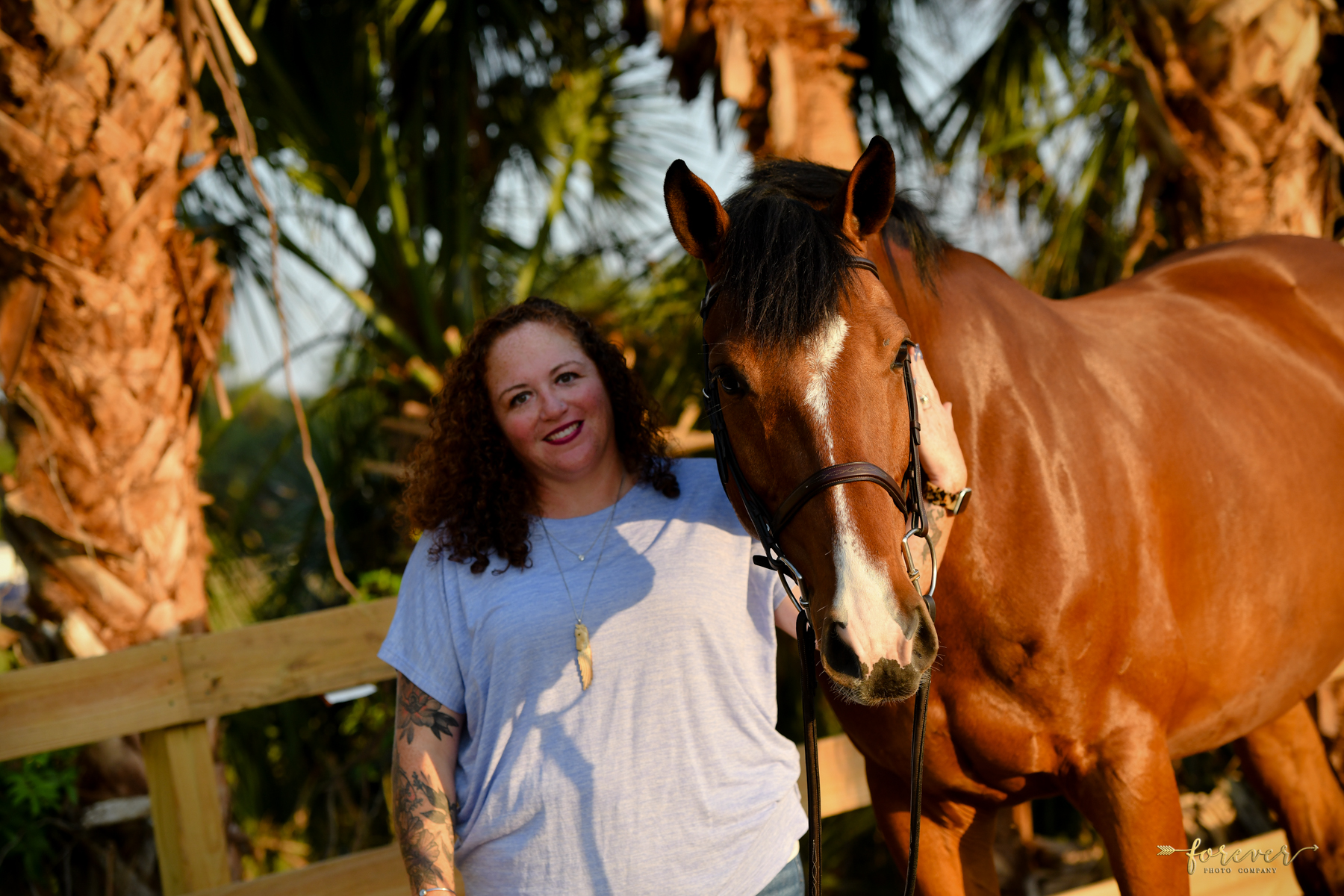SCROLL TO BEGIN
Welcome to My Blog
Adapting to the New Norm: Horse Showing and Working on the Road
In the world of horse showing, the road has always been our second home. Traveling from one showground to another, the equestrian community has been known for its nomadic lifestyle, committed to the pursuit of excellence in the arena. However, like many industries, the equestrian world has undergone significant changes in recent years, and working on the road has taken on a new dimension. In this blog post, we’ll explore the transformation of horse showing and working on the road in the face of changing environments.
- Remote Work in the Equestrian World
Traditionally, horse showing and working on the road meant physically being present at various events and competitions. However, with the advancement of technology, the equestrian community has started to embrace remote work opportunities. Trainers, riders, and stable managers can now remotely monitor their horses’ progress, analyze training sessions, and communicate with their teams and clients via video conferencing and specialized equestrian apps. This has not only improved efficiency but has also allowed professionals to better balance their work and personal lives.
- Sustainable Travel Practices
As environmental awareness grows, the equestrian community has started to adapt to more sustainable travel practices. Horse owners and trainers are exploring eco-friendly transportation options, such as electric horse trailers and biofuel-powered vehicles. Additionally, some shows have implemented measures to reduce their carbon footprint, including recycling programs, energy-efficient facilities, and encouraging participants to carpool or use public transportation.
- Evolving Showground Facilities
Modern showgrounds are adapting to meet the changing needs of equestrians who work on the road. State-of-the-art facilities now offer improved accommodations for both horses and humans. From upgraded stables with climate control systems to comfortable on-site lodging options, these facilities prioritize the well-being and convenience of everyone involved in the horse show experience. This evolution ensures that both horses and riders can perform at their best, regardless of the location.
- The Rise of Virtual Competitions
The COVID-19 pandemic accelerated the adoption of virtual horse competitions. Riders and trainers embraced the opportunity to participate in online dressage tests, show jumping courses, and even rodeo events from the comfort of their own barns. These virtual competitions not only provided an alternative during lockdowns but also opened up new avenues for showcasing talent and training progress without the need for extensive travel.
- Balancing Traditional and Modern Approaches
While remote work and virtual competitions have brought about significant changes, the equestrian world continues to value the importance of traditional shows. The thrill of competing in front of a live audience and the sense of camaraderie at in-person events are irreplaceable. Horse showing professionals must strike a balance between embracing modern technology and preserving the cherished traditions of their sport.
Horse showing and working on the road have evolved dramatically in response to changing environments. Remote work, sustainable travel practices, upgraded showground facilities, and virtual competitions have all played a role in reshaping the equestrian landscape. As we continue to adapt, it’s essential to find harmony between the convenience of modernity and the timeless traditions that make the horse showing community so special. The road may be different, but the destination remains the same: the pursuit of excellence in the world of equestrian sports.

Welcome! I am so glad you are here! I thought I would start this journey out with a bit about my journey to launching Ambiance Marketing and Design and how it went from a dream to a reality with a real name and identity.